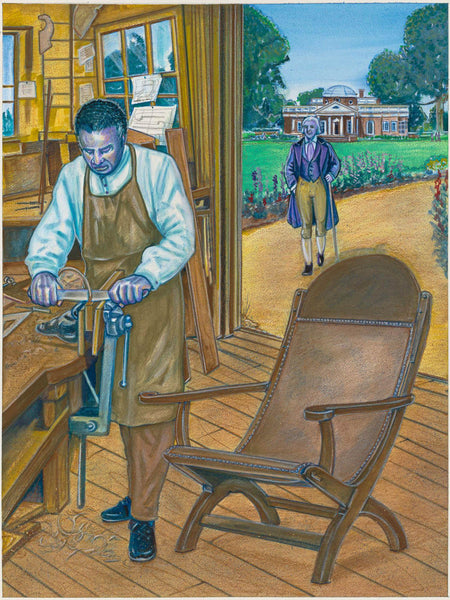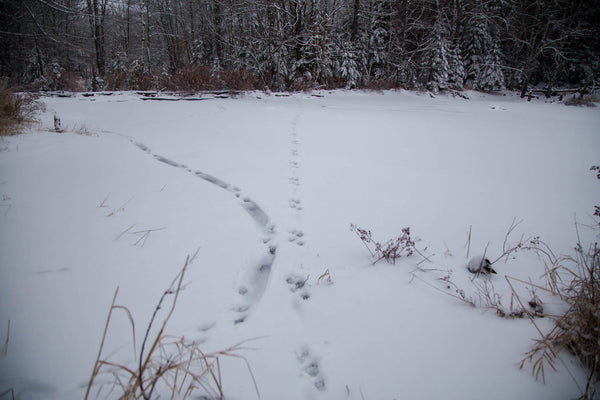Hemmings’ Masterpiece
It was also in this 15-year period that Hemmings crafted several pieces of furniture for Jefferson and his family. Though there are several references to furniture produced by Hemmings’ hands, no known examples currently exist with the exception of a round-top rotating table that was mentioned in a letter from Jefferson to Edmund Bacon; that table is now on display at Monticello. Other furniture pieces attributed to Hemmings include a sewing worktable for Jefferson’s granddaughter, a Campeachy lounge chair for Poplar Forest, a couple of bedsteads, dressing tables, and his “masterpiece:” a writing desk for another of Jefferson’s granddaughters. The aforementioned furniture can only be credited to Hemmings through written accounts, including the writing desk that was tragically lost at...











